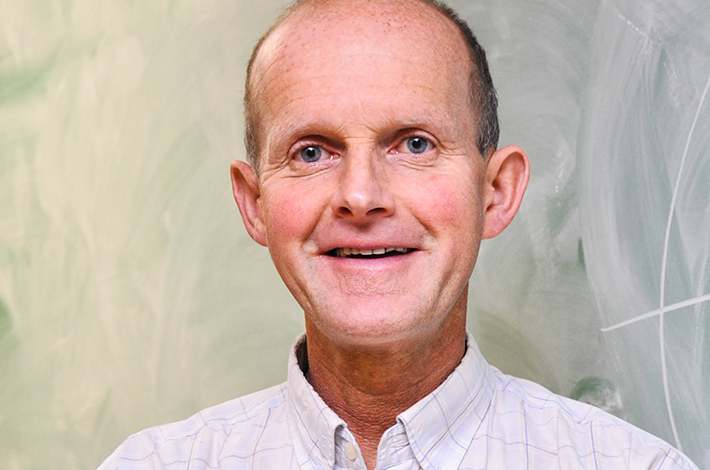By Ruth Steinhardt
The George Washington University will launch its STEM Academy in October, bringing together faculty from across the university to advance the way science, technology, engineering and mathematics courses are taught.
Jerry Dwyer, director of the STEM Center for Outreach, Research & Education at Texas Tech University, will be the Academy’s inaugural director.
“Jerry Dwyer represents a unique combination of strengths,” said Rahul Simha, professor of computer science and faculty co-director of the University Teaching and Learning Center, who chaired the search committee for the new director. “He is an experienced director of a STEM education center, he has long been known in the mathematics community for his efforts in mathematics education and outreach and has a strong record of funding and sponsorship for his initiatives."
A collaborative effort among the Columbian College of Arts and Sciences, the Graduate School of Education and Human Development and the School of Engineering and Applied Sciences, the STEM Academy’s goals will include growing STEM education research funding at GW, spurring collaboration among faculty peers, bringing best practices into GW’s classrooms and contributing to the national conversation on STEM education.
Proponents also hope the Academy will lead an initiative on rethinking how quantitative skills are taught to non-STEM majors, focusing on how non-STEM majors can improve the learning and retention of statistical, numeracy and data-handling skills in their own fields.
“The way I see it, the STEM Academy will be a facilitator and catalyst for development in undergraduate teaching, especially in STEM areas,” Dr. Dwyer said.
Dr. Dwyer, a 30-year teaching veteran, said one area of focus would be on optimizing large lecture courses in the STEM domains. The way these courses are taught, he said, can be of major import in how students retain knowledge.
“If you just walk in and write a bunch of physics or math on the board and then wait for everyone to copy it down and memorize it, the research suggests that many of your students don’t learn,” he said, adding that it is also impossible for a single teacher to give individual attention to every single student in an enormous lecture hall.
One partial solution the STEM Academy hopes to implement will be learning assistantships in which undergraduate students who already have taken these large STEM courses take on the supervisory roles usually reserved for graduate teaching assistants. Some faculty members, like Hartmut Doebel, assistant professor of biology, already use similar programs in their own classrooms.
“There is a great core of faculty at GW doing innovative things with their teaching, and I’m excited to be a part of that,” Dr. Dwyer said. “[The STEM Academy] is really here to look at what good teachers are doing and help develop their efforts.”
Dr. Simha said the STEM Academy is a great opportunity for GW to leverage all its STEM departments and its school of education to build a center focused on postsecondary STEM education, “while connecting to strengths in policy.”
“Many STEM centers are focused on K-12 education, and there aren’t that many focused on undergraduate teaching and learning,” Dr. Simha said. “We very much want to be a practitioner type of institute, taking ideas and best practices that come out of the academy and translating them into the classroom right here at GW.”


